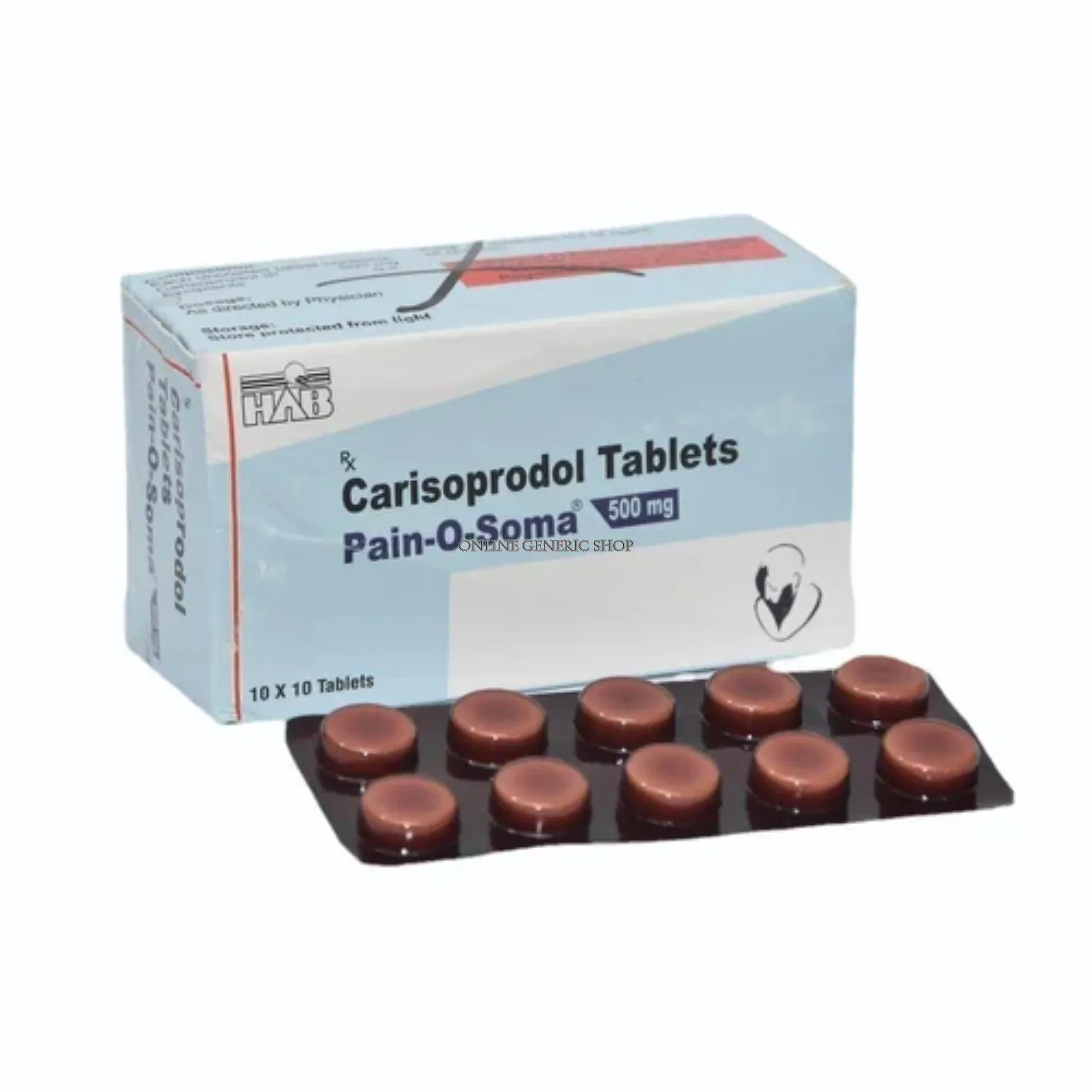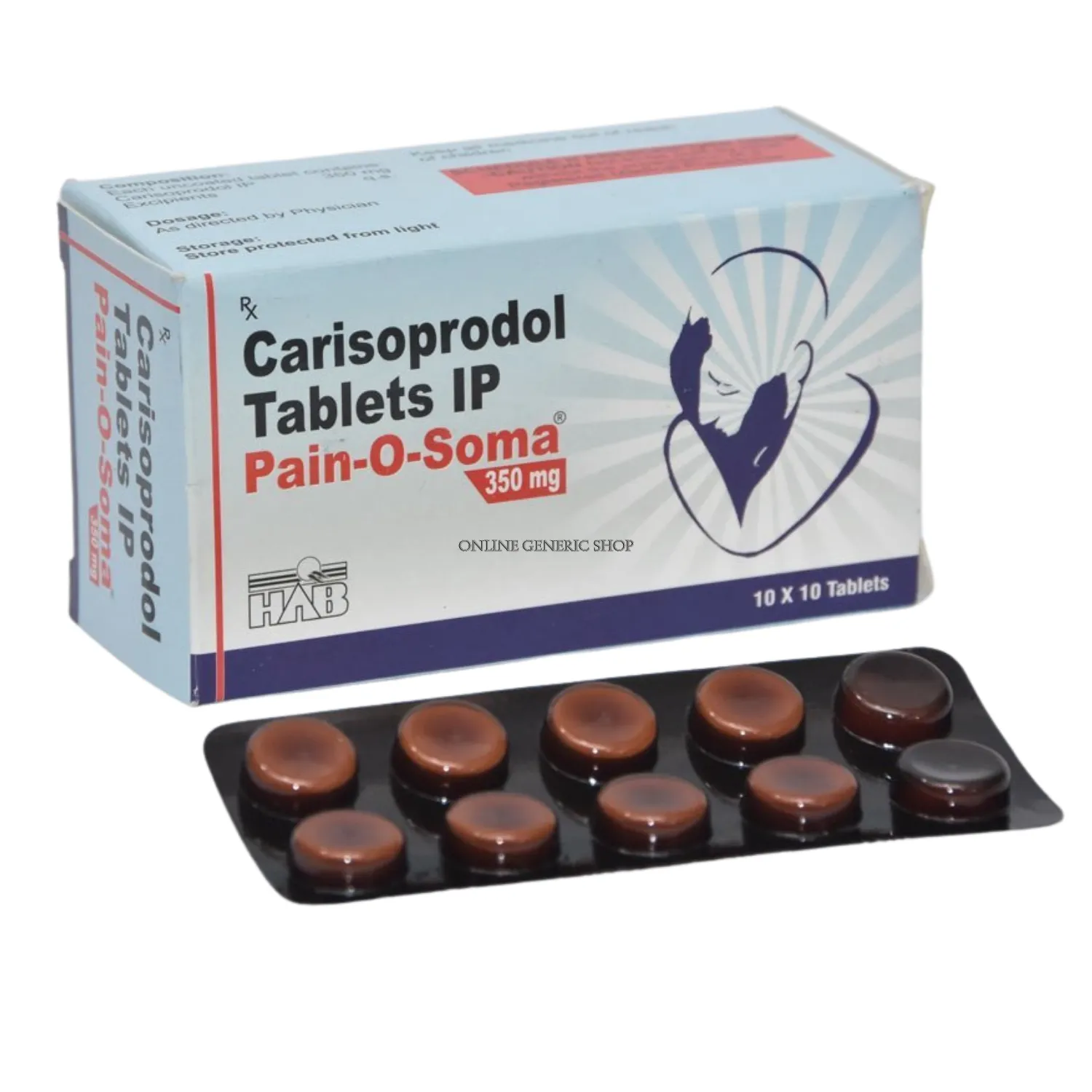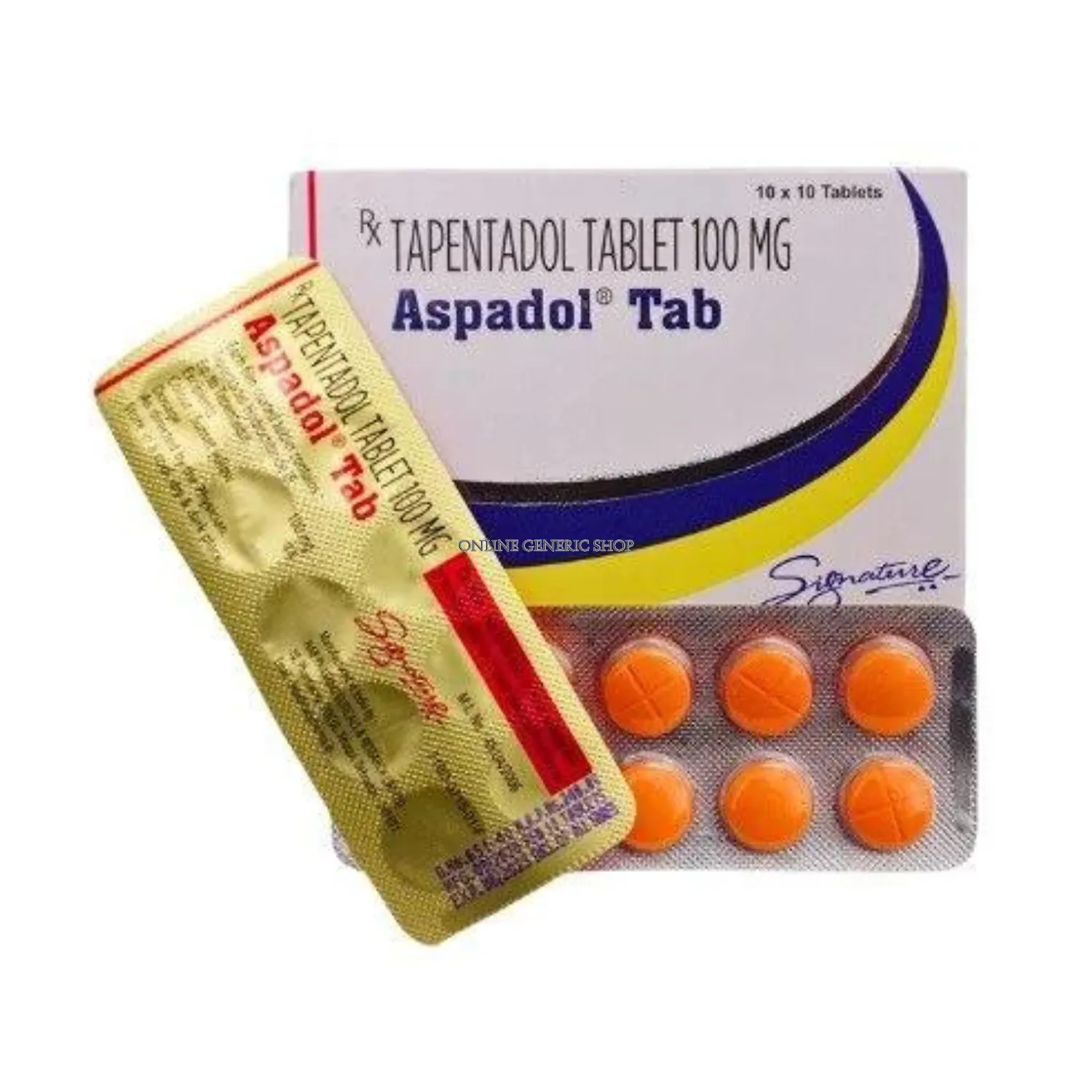Product Grid
Pain Relief
Pain-relief drugs are prescribed both to help with acute pain management and to help with chronic pain management.
They do this by helping to block either the cause of your pain or how your pain can be passed along the nerves to the brain.
Though arthritis derives from the word which implies joint inflammation, in reality people with arthritis complain about pain as the most unbearable and debilitating symptom.
And arthritis pain comes in many forms: aching pain, throbbing sensation, sharp pain that makes you stop when you try to put your weight on it or move your shoulder just so.
Or pain that gets worse after a day of activity, a bad night of sleep or a time of stress.
As you can see, there are various kinds of pain that we experience, and so also are the many ways of treating arthritis pain.
The kind of pain relief can be found in traditional medications, natural remedies or other forms.
Not all methods are effective on all people and the method that works for you once may not work the next time.
You’ll probably end up using several different pain management methods, and you might have to change them or add others over time.
Constant patience, experimentation and working with your healthcare providers will be very crucial in finding the right joint pain relief treatment for you.
The following are the 24 pain relief treatments to try.
What Are The Different Types Of Pain-relief Medicines?
Since everyone’s pain perception is unique, individuals employ different coping strategies to handle their pain.
Apart from the fact that there are specific pain-relief options that can be used in certain situations or health conditions.
You will get some pain-relief medicines without a prescription.
This means that you don’t have to get a prescription from your doctor a visit a pharmacy.
Others are only available on a doctor’s prescription.
Pain And Pain Management
Pain is not just a sensation of discomfort but it is an indication of a malfunction in the body.
It may change the way you feel in general. This could additionally cause different mental health disorders, for example, depression and anxiety.
The kind of pain and its severity can help your doctor gather a lot of information about your current health situation.
Acute pain is a type of pain that happens suddenly and lasts for a few days or weeks.
This problem generally disappears in 2-3 weeks.
Chronic pain is ongoing. According to CDC, which is an authority on infectious diseases, chronic pain is defined as pain that lasts longer than 3 monthsTrusted Source.
The techniques of pain relief vary from home remedies and prescriptions to OTC drugs and even surgical procedures.
Pain relief in most cases is not immediate, but it can be. Every individual’s pain is their own and different from the other.
What Types Of Pain Exist?
There are two main types of pain:
pain, including nociceptive and neuropathic.
Nociceptive pain is a nervous system response that alerts your body to danger.
It is why you jerk back your hand quickly from a stove which is hot.
A pain from a sprained ankle makes you stay off your feet and helps the injury to be in a condition of healing.
Neuropathic pain is unique, since it is not associated with any known benefits It is, probably, the result of the misinterpretation of the signals between the nerves and the brain or the spinal cord.
It is possible that it is because of nerve damage as well. Your brain receives the wrong signals from the nerves and misinterprets them as pain.
What Are Signs You Need To See A Doctor For Pain?
Make an appointment with your doctor if your pain:
- but it hasn’t gone away after a week or two of it.
- is contributing to the formation of stress, anxiety or depression.
- it deprives you of the opportunity to relax or sleep.
- makes you quit your exercise or does not let you engage in your usual activities.
the question is whether you have seen any improvement in your condition after all the treatments you have tried.
Overdoses Of Pain-relieving Medicine
Paracetamol is one of the most commonly used drugs in children when they accidentally take too much of it.
A large number of paracetamol tablets swallowed or solution could be dangerous for your child's liver and may sometimes cause damage to their kidneys.
- The intake of ibuprofen in high amounts may cause stomach problems or in some cases can affect breathing and may make a person dizzy.
If your child has had too much paracetamol or ibuprofen, dial the Poisons Information Centre (13 11 26 in Australia) or take them to the nearest hospital emergency department.
To prevent your child finding and taking medicine:
- All the time medicines should be placed away from the reach of children. It is better to store them in a cupboard or other place that cannot be opened by children.
- Do not remove tablets from their foil wrapper until you are ready to give or take the tablets.
- The package is marked as “difficult to open” for the children.
- By keeping the tablets in their wrapping, the child may not be able to use them if they can’t find them.
- It is always good to put the child-resistant cap on a bottle of paracetamol or ibuprofen mixture.
Pain Relief And Common Side Effects
Pain is a frequent companion of people who are facing a terminal illness.
Every person is unique, and everyone feels pain subjectively.
Each person has his or her own way to deal with pain. In case of pain, there are many medicines (drugs) available to treat you.
You can also take some steps to control your pain without using drugs.
The doctors, nurses and other people of your health care team will be working with you to relieve your pain and that condition.
.jpeg.webp)
SUGGESTION FORM
PRODUCT REQUEST FORM


